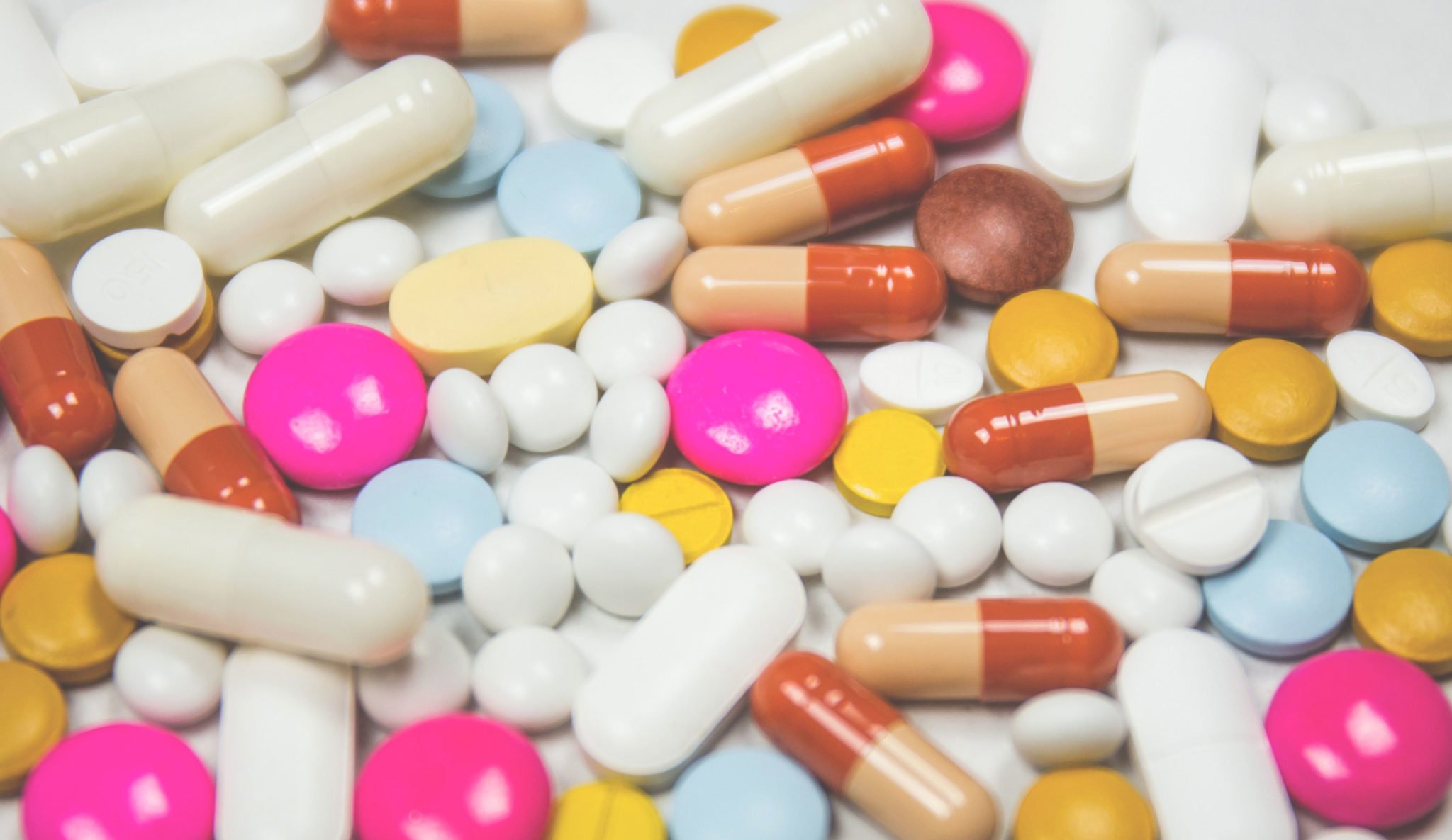Last May, I received a troubling call from an old friend. His daughter, an overachieving junior at an Ivy League school, was home for the summer but behaving out of character. The normally cheerful and energetic young woman was now snappish and withdrawn, refusing the activities she had once considered fun and sleeping almost constantly. Her limited conversations were mostly negative, especially as they related to herself.
I knew the diagnosis immediately. His high-performing daughter was working her way through an amphetamine crash—an increasingly common occurrence among America’s elite students.
The young woman, like many of her fellow academic super-achievers, had started taking Adderall to boost her energy, focus and school performance. The result: high marks on the lacrosse field and in the classroom. The bad news: She had become an amphetamine addict.

Had she been poor and her amphetamine abuse confined to homemade crystal meth, this young lady probably would have been busted by police and placed in an aggressive, court-mandated rehab program. But her position in a good school, surrounded by other amphetamine users, provided both the easy access and the social cover to avoid that fate.
Where is this black-market Adderall, Concerta and Ritalin coming from? Mostly from other students who, rightly or wrongly, have been diagnosed with attention deficit hyperactivity disorder (ADHD), a diagnosis once applied to 5 percent of kids but now estimated at 15 percent of all high school-age students, according to data from the CDC. Where is the outcry like that we have seen about other DEA Class II (highly addictive) meds such as Vicodin, Oxycontin and Percocet?
Maybe it has to do with the fact that amphetamines are the ultimate academic performance-enhancing drug. Most kids in the upper tiers of academia will affirm how common amphetamine abuse is, and our schools go to great lengths to minimize the problem. Not to be ignored is that the widespread prescription of amphetamines for ADHD has been a huge financial success for big pharma—$9 billion in 2012. These profits are partly the result of misleading direct-to-consumer advertising coupled with a lack of physicians qualified to make a proper ADHD diagnosis. The threshold for these prescriptions is too low.

The long-term cost of the problem is not yet known. The short-term cost is. A report by the federal Substance Abuse and Mental Health Services Administration warned that there had been 23,000 ER visits in 2011 (an increase of more than 310 percent from 2005) for amphetamine-related problems like acute overdose, depression, psychosis and, occasionally, suicide. Are better grades worth these risks?
Whether pressured or not, many of these kids are taking amphetamines to win their parents’ approval and meet increasingly high academic expectations. But there are many other criteria besides grades that factor into true success: creativity, social skills, empathy—all qualities that are actually shut down by amphetamine use. The ultimate fix is for parents to let their children work hard and be themselves—even if that doesn’t mean getting into Yale.








